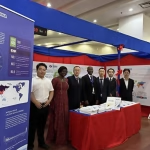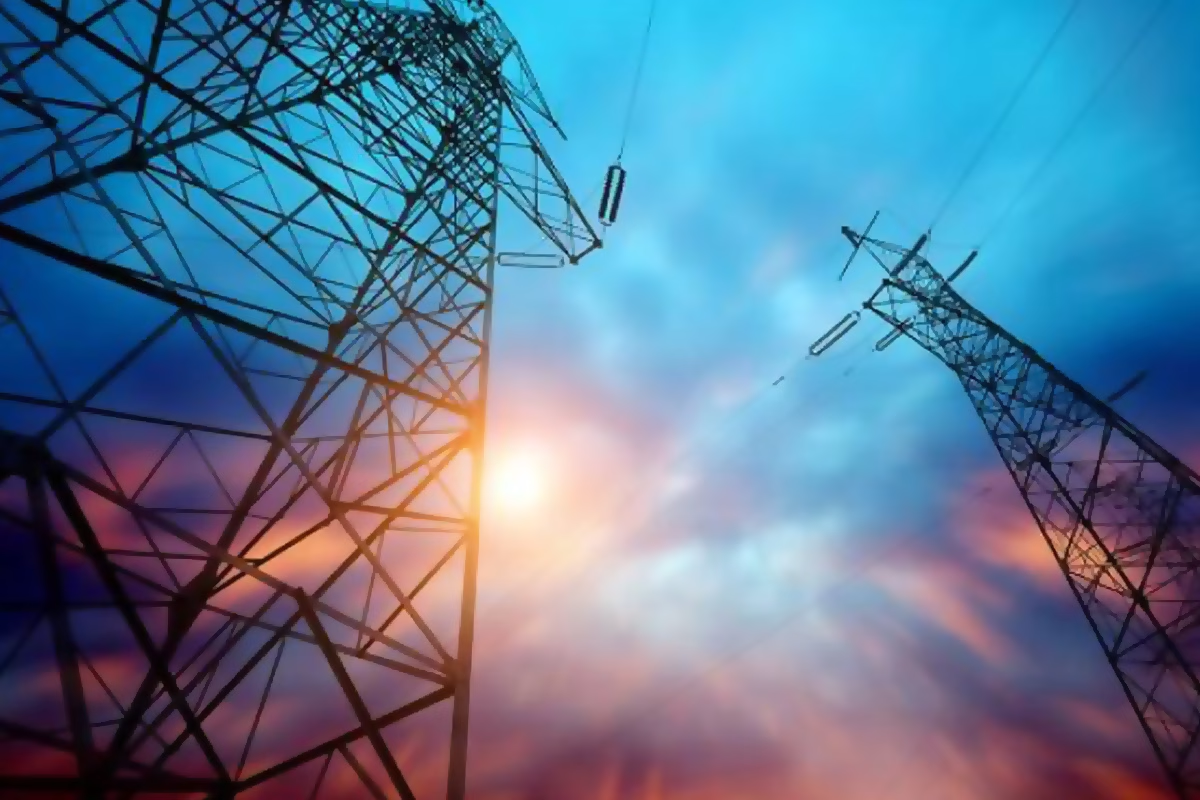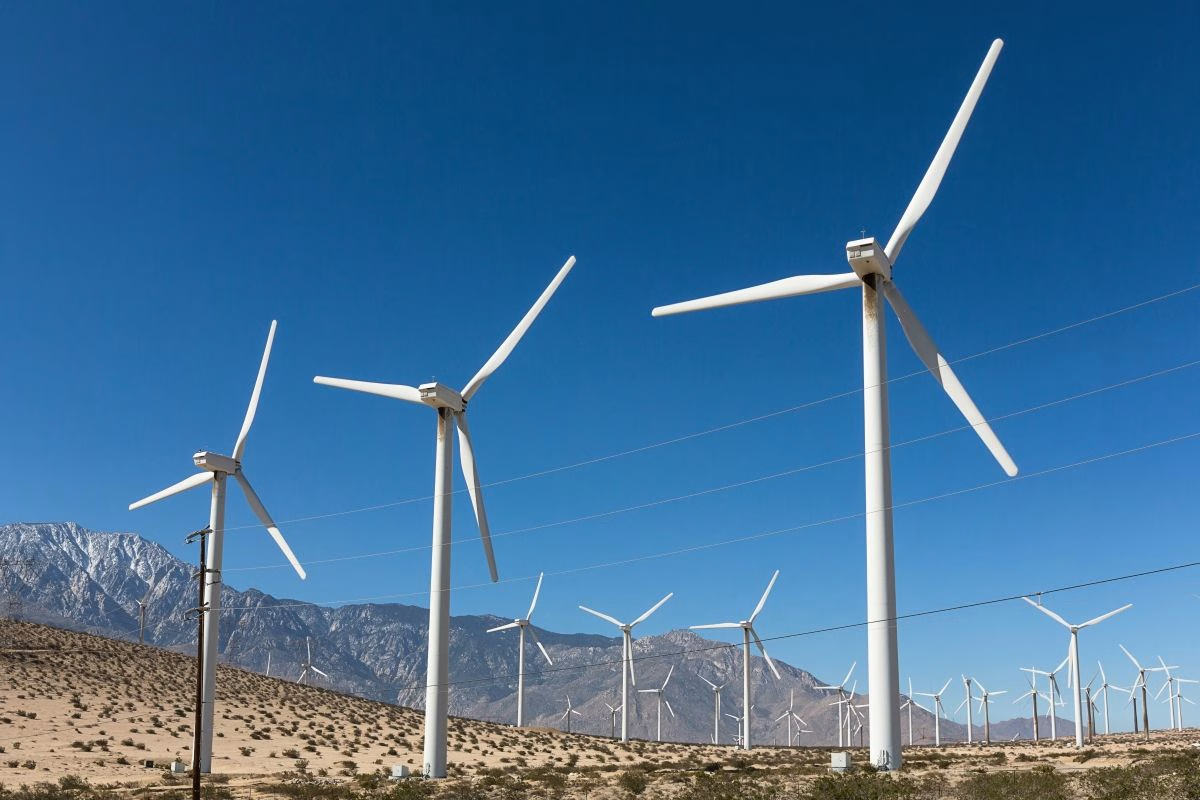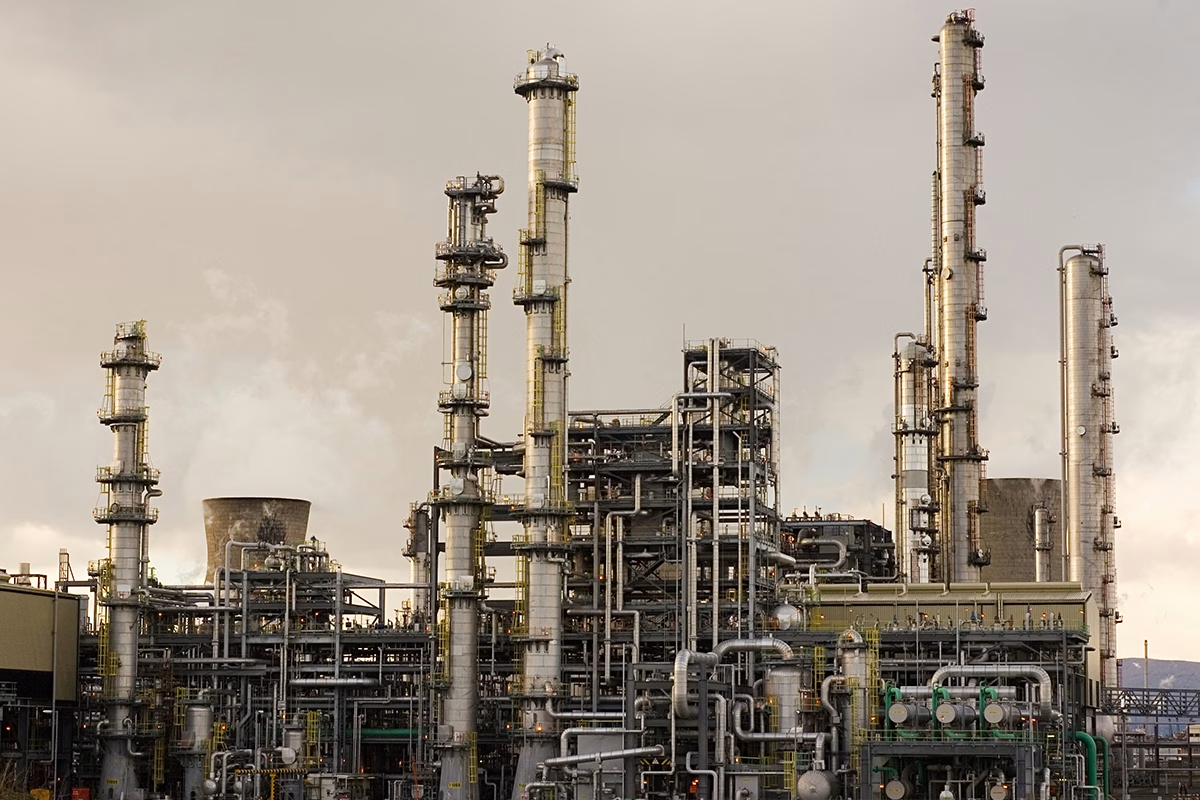
POWERCHINA Highlights Renewable Energy Prowess at Mali’s Inaugural Digital Innovation and Renewable Energy Expo
May 14, 2025
Pakistan State Oil to expand into renewable energy
May 30, 2025Pakistan Electricity Review 2025: Renewable Gains Overshadowed by Deep-Rooted Sector Challenges
The Pakistan Electricity Review 2025, released by Islamabad-based think tank Renewables First, presents a mixed picture of the country’s power sector in FY2024. While the report recognizes notable progress—particularly in solar energy—it also outlines persistent systemic issues that continue to hinder broader sectoral reform.
A major highlight of the year was the sharp increase in solar photovoltaic (PV) imports from China, which fueled a boom in rooftop solar adoption. By March 2025, Pakistan had installed 4.9 GW of net-metered solar capacity. However, the report notes that many behind-the-meter installations remain undocumented, suggesting that actual capacity may be significantly higher.
Pakistan’s total installed generation capacity reached 46.2 GW during FY24, with the addition of three new utility-scale solar plants pushing the share of utility-scale renewables from 6% to 7%. Nonetheless, the broader contribution of renewables—solar, wind, and bagasse—remained stuck at 5%, far below the 2030 target of 30%.
Transmission constraints and an overstressed grid continue to be major roadblocks. These bottlenecks, especially between the energy-rich south and the demand-heavy north, forced the system to underutilize cheaper plants and depend on more expensive RLNG-based power. As a result, the total energy purchase cost rose to PKR 1.3 trillion, with RLNG alone contributing PKR 568 billion—more than half the total.
Electricity sales declined for the second consecutive year, dropping by 3%. The industrial sector saw the steepest fall, with consumption down 11% year-on-year—an indicator of both economic strain and a shift toward alternative energy options.
On the financial side, capacity payments surged by 46% to PKR 1.9 trillion due to the commissioning of high-capacity coal and RLNG plants. These facilities carry substantial fixed costs, and when underutilized, their burden is passed on to consumers—exacerbating the sector’s financial stress. A slight 7% reduction in energy purchase prices offered some relief, owing to an overall drop in generation.
The circular debt crisis also deepened, climbing to PKR 2.4 trillion by the end of FY24—a 3.6% increase from the previous year. This ongoing debt build-up reflects unresolved structural inefficiencies.
The report offers a sobering view: while renewable energy continues to gain ground, deep-rooted transmission, financial, and policy challenges must be addressed for sustainable progress. The Review urges urgent reforms and consistent policy action to achieve Pakistan’s long-term energy and climate goals.




